Birds play an important role in the natural environment. With over a thousand bird species in the United States, this army of birds helps disperse seeds, pollinate plants, and keep insect populations under control.
Although you might enjoy spotting a bird on a nature walk, you don’t want them taking over your home. Let’s explore how to confirm a bird infestation and how to deal with this issue.
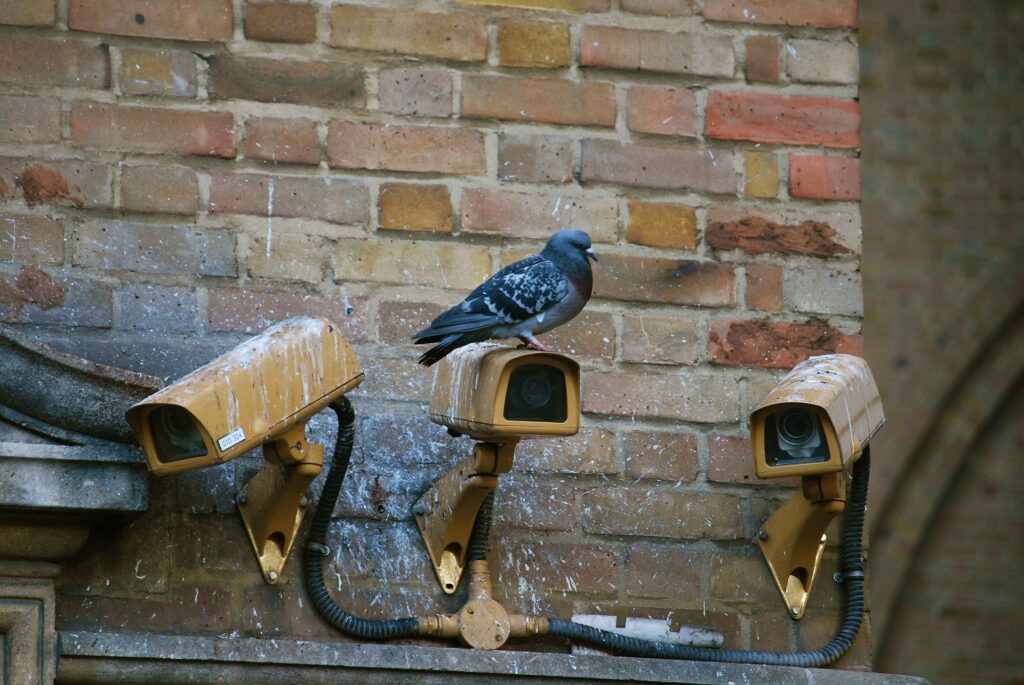
Nuisance birds in the Triangle
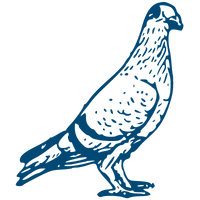
Pigeon
Regularly found roosting on buildings or defecating in public spaces, pigeons are a concern in Raleigh-Durham as they create safety and health problems.
Not only are they capable of damaging structures, but they can bring bird mites into your home and are also carriers of diseases and are an invasive species in the United States.
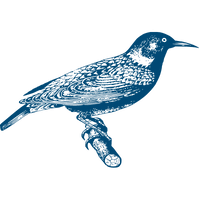
Sparrow
Sparrows are an invasive species which travel in colonies. They become a nuisance to homeowners and business owners as they will build nesting sites on properties or utilize holes or gaps within buildings to nest.
Sparrows often carry bird mites, which is why it is important to call a professional for sparrow removal, especially if they enter your home or business.
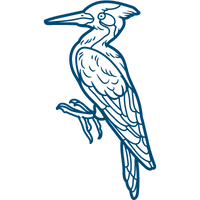
Woodpecker
Woodpeckers are most likely to peck at your home during their breeding season which runs February to June in North Carolina. Woodpeckers peck at your home for one of two reasons. They are either looking for food or signaling to other woodpeckers to stay out of their territory.
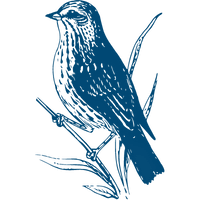
Starling
Regularly found roosting on buildings or defecating in public spaces, pigeons are a concern because they create safety and health problems. Not only are they capable of damaging structures, but they can bring bird mites into your home and are also carriers of diseases and are an invasive species in the United States.
Bird Control
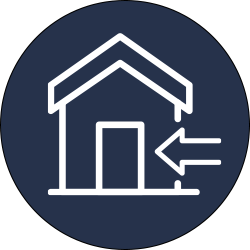
removal
Depending on the type of bird, there may be regulations in place that prevent its removal. But if removal is allowed, we may start by physically removing the birds from your home. In some cases, we may use live traps or scare tactics to help the birds leave their roost.

Bird Exclusion
Once the birds have left the building, we will implement exclusion techniques. The most effective prevention strategy varies based on the species. But we may install bird netting, cap chimneys, or use sealants to block off all entry points.

Remediation
With your home secured from potential feathery guests, we work to remove any materials left behind. For example, we will remove bird droppings and nests to prevent the spread of disease and restore the comfort of your home.
bird in the House
The type of bird will have an impact on where they decide to make a nest in your home. But if you suspect birds have moved in, start by walking around the perimeter of your home.
Typical locations birds nest on your home include:
- Roof
- Eaves
- Soffits
- Awnings
- Chimneys
Additionally, some birds choose a stealthier spot to call home. Many choose to take up residence in your attic, between wall crevices, and in vents.
Depending on the size of the bird, they may be able to squeeze through your roof vents to gain access to the inside of your home. If a bird is too large to fit through a gap, it might choose to chip away at the hole until it’s just the right size.
A few of the common birds that turn into nuisances include pigeons, house sparrows, and starlings. But many other species might decide to make a nest in your home.
Signs of bird Infestation
The first sign of an infestation is an increased amount of bird activity on your property. If you spot birds flying in and out of your home or nesting on your home, that’s a clear indicator of a problem.
But there are more subtle signs to watch for. For example, an extreme amount of bird droppings on the flat surfaces around your home indicates the presence of too many birds. Additionally, you might find nesting materials such as grass or twigs scattered around your home.
And of course, the unpleasant smell of bird droppings is a tip-off. Typically, you’ll smell the droppings and possibly hear flapping wings inside your home.
Problems with birds
Bird Damage
Beyond diseases, nesting birds in your home can present a fire hazard. That’s because the materials in bird nests are highly flammable.
And of course, there’s an almost constant noise created by a gathering of birds in your attic. Roosting birds can make enough chatter to disturb anyone’s sleep schedule.
Health Hazards
When a bird makes its way into your home, it’s unlikely to transmit diseases through biting or scratching.
However, it’s possible to contract diseases from the droppings birds leave behind. A few of the most common diseases spread by bird droppings include cryptococcosis, histoplasmosis, and psittacosis.
Call Trutech IN
At Trutech, we have the expertise to handle any nuisance wildlife problem you may have.

Our professional team of licensed technicians will quickly and humanely handle your wildlife needs
Quick Links
Business Hours
- Monday-Friday: 7:30am-6pm
- Saturday: 8am-5pm
- Sunday: Closed
